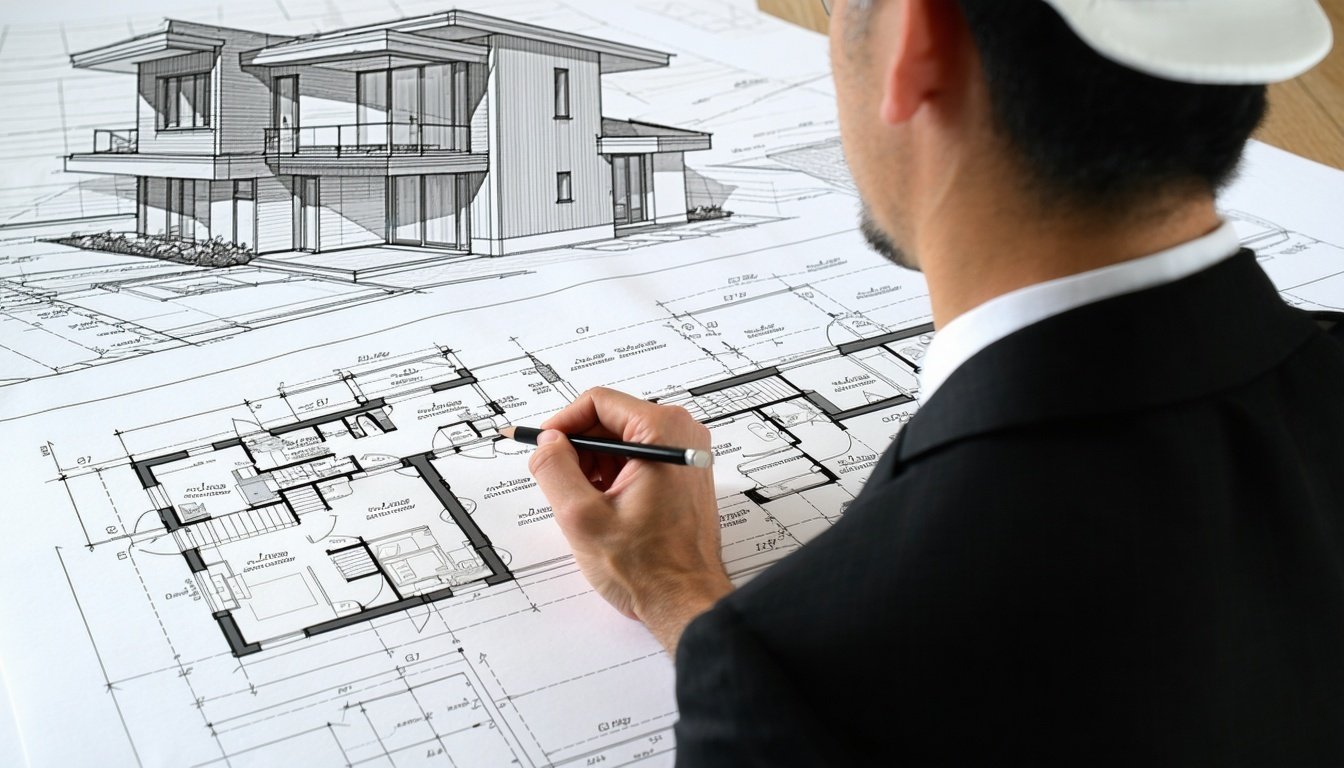Stay ahead in the construction industry by understanding the latest updates to the National Construction Code and how they impact Livable Housing Design standards.
The Importance of Livable Housing Design in Modern Construction
Livable Housing Design (LHD) is an essential aspect of modern construction that ensures homes are safe, comfortable, and accessible for people of all abilities and ages. As our population ages and the demand for inclusive living spaces increases, LHD standards have become more critical than ever. Incorporating these standards not only benefits individuals with mobility challenges but also future-proofs homes for aging populations, making them more adaptable to the changing needs of their occupants.
Future-proofing homes through LHD standards also has significant economic advantages. Homes designed with accessibility in mind tend to have higher resale values, appealing to a broader market. Additionally, implementing LHD principles during the initial construction phase is generally more cost-effective than retrofitting homes later. By integrating these standards early, builders can avoid the higher costs and complexities associated with modifications down the road.
Understanding the Three Levels of Livable Housing Design Compliance
Livable Housing Design compliance is categorised into three key levels: Silver, Gold, and Platinum. These levels represent varying degrees of accessibility and inclusivity features, each catering to different needs and preferences.
The Silver Level is the foundational standard, ensuring that homes are accessible and functional for most people, including those with temporary or permanent disabilities. It includes essential features such as step-free entrances, wider doorways, and reinforced bathroom walls for grab rails.
The Gold Level builds on the Silver Level, offering enhanced accessibility features. This includes additional space in key areas like kitchens and bathrooms, as well as more advanced design elements to support a range of mobility aids.
The Platinum Level represents the highest standard of LHD compliance. Homes at this level are designed to accommodate people with significant mobility challenges, incorporating features such as adjustable benchtops, hoist facilities, and enhanced circulation spaces.
Key Design Principles in the New Silver Level Requirements
The recent updates to the National Construction Code (NCC) have made the Silver Level requirements mandatory for many new residential builds. These requirements focus on core design principles that enhance accessibility and usability for all occupants.
One of the primary design principles is the provision of step-free entrances. This ensures that entry points to the home are accessible to people using wheelchairs, strollers, or other mobility aids. Wider internal doors and corridors are also crucial, allowing for easy movement throughout the home.
Another key principle is the reinforcement of bathroom walls. This design element allows for the easy installation of grab rails, which are essential for people with mobility challenges. These features not only enhance safety but also promote independence and confidence for occupants.
Benefits of Incorporating Livable Design Features Early
Incorporating livable design features early in the construction process offers numerous benefits. From a social perspective, it promotes inclusivity and ensures that homes are accessible to people of all abilities. This is particularly important in creating communities where everyone can live independently and with dignity.
Economically, homes designed with LHD standards are more attractive to a wider range of buyers, potentially increasing resale value. Additionally, the cost of integrating these features during the initial construction phase is generally lower compared to retrofitting an existing home. Builders and developers who adopt these standards can also gain a competitive advantage, positioning themselves as leaders in providing high-quality, future-proofed homes.
Functionally, livable design features enhance the overall usability and comfort of a home. Features such as step-free entrances, wider doorways, and grab rails not only benefit those with mobility challenges but also improve the living experience for all occupants, making daily activities easier and safer.
Overcoming Challenges and Misconceptions
Despite the clear advantages, some builders and developers may have concerns about the potential increase in construction costs associated with LHD standards. However, these fears are often based on misconceptions. While there may be some initial costs, the long-term benefits and savings from avoiding future modifications far outweigh these expenses.
Certified Energy provides expert advice and cost-effective compliance reports that streamline the approval process for builders and developers. Our team of consultants is well-versed in the latest NCC updates and LHD standards, ensuring that your projects meet all necessary requirements without unnecessary costs.
By working with Certified Energy, builders can confidently incorporate livable design features, knowing that they are creating high-quality, future-proofed homes that will stand the test of time. Our professional guidance ensures compliance with ease and confidence, helping you stay ahead in the competitive construction industry.







